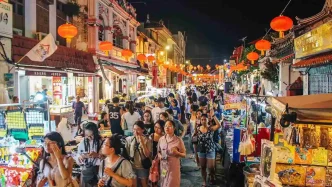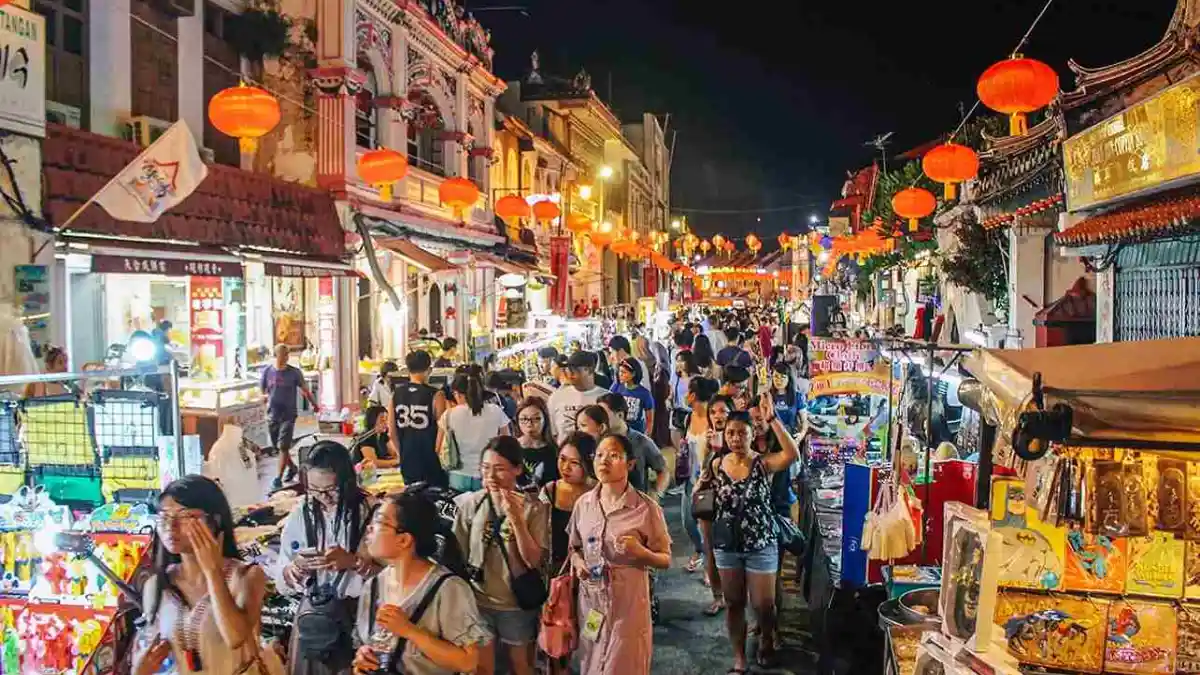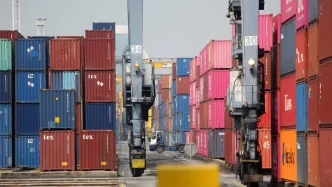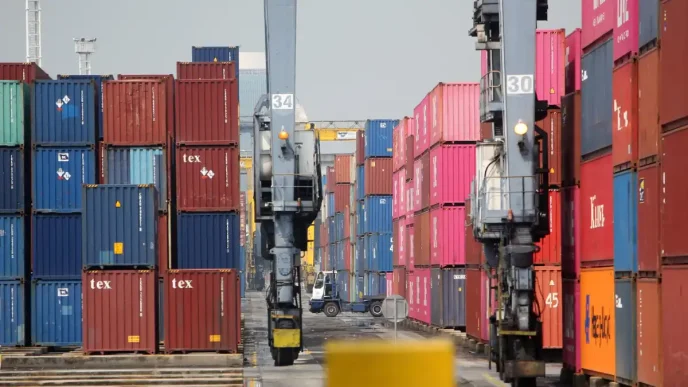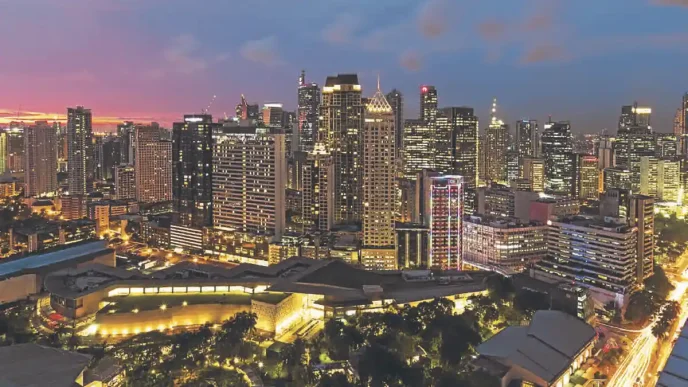In the bustling streets of Kuala Lumpur, the aroma of sizzling satay and steaming nasi lemak has long been a hallmark of the city’s vibrant culture. However, a growing wave of concern is sweeping through the capital’s iconic kopitiams and hawker stalls as street food prices continue to climb, putting pressure on both vendors and consumers amid Malaysia’s broader economic challenges.
A Staple Under Strain
For many Kuala Lumpur residents, street food is more than just a meal; it’s a way of life. From office workers grabbing a quick roti canai to families enjoying weekend char kuey teow, these affordable dishes have historically been a cornerstone of the city’s social fabric. Yet, recent months have seen noticeable price hikes, with some popular items increasing by as much as 20%, according to local reports. A plate of nasi goreng, once priced at around 5 Malaysian Ringgit (~US$1.05), now often costs closer to 6 Ringgit (~US$1.26), a shift that may seem small but weighs heavily on daily budgets.
Vendors cite a combination of factors driving the increases. Rising costs of raw ingredients, such as rice, poultry, and cooking oil, have been exacerbated by global supply chain disruptions and local inflationary pressures. Additionally, higher rental fees for stall spaces in prime areas like Petaling Street and Bukit Bintang are squeezing profit margins. One street food vendor, speaking to local media, explained the dilemma: “We don’t want to raise prices, but we have no choice. Everything is more expensive now.”
Economic Context and Consumer Impact
Malaysia’s economy, while showing signs of recovery post-pandemic, continues to grapple with inflation rates hovering around 3.4% as of mid-2023, based on figures from government data reported by trusted regional outlets. This inflationary trend, coupled with a weakening Ringgit against the US dollar, has amplified the cost of imported goods, which many street food vendors rely on for essentials like cooking oil and spices. The ripple effect is felt acutely in urban centers like Kuala Lumpur, where the cost of living is already among the highest in the country.
For consumers, particularly those in lower-income brackets, the price hikes are a bitter pill to swallow. Street food has long been a refuge for affordable dining, especially for workers and students who depend on it for daily sustenance. Now, many are forced to cut back on meals or seek cheaper, often less nutritious alternatives. A university student in Kuala Lumpur shared with regional reporters that she now skips meals on tighter days, a sentiment echoed by others struggling to keep up with rising costs.
Cultural and Social Implications
Beyond the economic strain, the rising cost of street food threatens to erode a vital part of Malaysia’s cultural identity. Kuala Lumpur’s hawker culture, recognized globally for its diversity and authenticity, fosters community bonds and attracts millions of tourists each year. UNESCO has even acknowledged Malaysian street food as part of the country’s intangible cultural heritage, underscoring its significance. However, as prices climb, there are fears that this tradition could become less accessible to everyday Malaysians, potentially diminishing its role as a unifying force.
Local activists and food enthusiasts are calling for government intervention to support vendors and preserve this heritage. Proposals include subsidies for essential ingredients, rent relief for stall operators in public markets, and initiatives to promote local sourcing to reduce dependency on imports. While no concrete policies have been announced, officials have acknowledged the issue, with some suggesting that broader economic relief measures could indirectly ease the burden on small-scale food businesses.
Government and Industry Responses
The Malaysian government has faced growing pressure to address inflation and its impact on small businesses like street food vendors. Recent budget discussions, as reported by regional news, have highlighted plans to bolster domestic agriculture and stabilize food prices, though specifics remain unclear. Meanwhile, trade associations representing hawkers have urged for targeted support, emphasizing that many vendors operate on razor-thin margins and risk closure without assistance.
Some vendors are adapting by innovating their menus or streamlining operations. A few have turned to digital platforms, offering delivery services through apps like GrabFood to reach a wider customer base. Others are experimenting with smaller portion sizes to keep prices affordable while managing costs. However, these solutions are not without challenges, as delivery fees and platform commissions can further cut into earnings.
Regional Comparisons and Broader Trends
Kuala Lumpur is not alone in facing this issue. Across Southeast Asia, urban centers like Bangkok and Jakarta are also witnessing similar trends, with street food vendors grappling with rising costs amid economic recovery. In Thailand, for instance, the price of popular dishes like pad thai has increased due to higher ingredient costs, mirroring the situation in Malaysia. This regional pattern points to systemic challenges, including global inflation and supply chain bottlenecks, that transcend national borders.
Economists note that while street food price increases may seem minor compared to larger inflationary trends, they serve as a critical barometer of economic health at the grassroots level. The sector employs thousands of people and supports ancillary industries, from farmers to packaging suppliers. As such, disruptions in this space can have far-reaching consequences, potentially deepening inequality if left unaddressed.
Looking Ahead: Balancing Heritage and Economics
As Kuala Lumpur navigates this economic tightrope, the future of its beloved street food scene hangs in the balance. For now, vendors and customers alike are adapting to the new reality, with many hoping for relief in the form of policy support or market stabilization. The challenge lies in preserving a cherished cultural tradition while addressing the harsh economic realities that threaten its accessibility.
Whether through government action, community initiatives, or vendor innovation, the resilience of Kuala Lumpur’s hawker culture will be tested in the months ahead. For a city defined by its flavors, the stakes couldn’t be higher—both for livelihoods and for the soul of its streets.

